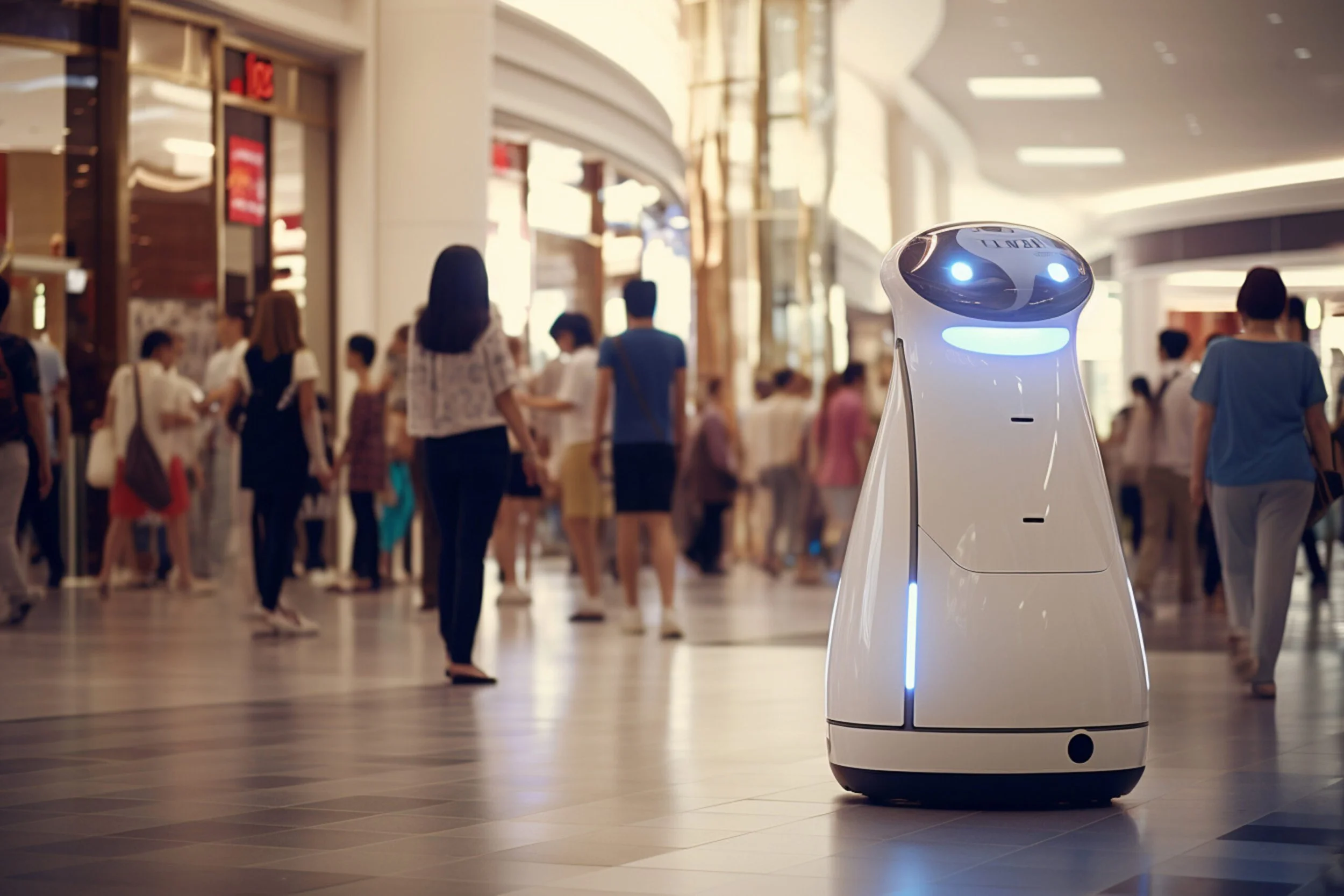Bringing Robots Into the Real World: The Embodied Intelligence of Ma Robot AI
For years, the robotics industry has dazzled audiences with warehouse efficiency videos—machines gliding in precise choreography, shelves rising and falling, products routed with mathematical elegance. Yet there is a stark divide between these carefully engineered spaces and the messy, human world outside their walls. The warehouse is clean. Human life is not. Sidewalks, hospital corridors, office hallways, apartment lobbies—these are environments filled with strollers, wheelchairs, coffee cups, rushing footsteps, pauses, glances, and unspoken social rules that humans interpret effortlessly. Robots, so far, do not.
Ma Robot AI, a Vancouver-based startup, is built around this gap—the difference between robotic capability in theory and robotic usefulness in daily life. The company is not interested in crafting the next impressive warehouse demo. Instead, it is building what is arguably the missing layer in robotics: human-level intuition for robots operating among us.
The story of the company begins during the pandemic, when hospitals worldwide were strained to their breaking point. CEO Winnie Liang, who had spent her career designing workflow automation systems at PwC, saw how critical staff were forced to spend hours every day walking lab samples from one wing to another. Machines existed that could automate the task—but hospitals could not deploy them safely in crowded wards. The cost of a collision, even a minor one, was too high.
Her husband and co-founder, Dr. Mo Chen, is a leading researcher in robotics and motion planning, appointed as a CIFAR AI Chair and serving on the Computer Science faculty at Simon Fraser University, with a recent visiting role at Stanford. Their conversations during those months crystallized a truth that many in robotics have quietly understood: the hardware, the sensors, the motors—they are no longer the bottleneck. The bottleneck is judgment.
A Different Approach to Machine Intelligence
At the core of Ma Robot AI’s technology is a simple but radical intuition: to operate safely in human environments, robots must be able to anticipate human behavior—not through massive datasets and environment-specific training, but in real time, based on interpretable models of motion and intent.
Rather than memorizing a hospital corridor or sidewalk layout, the robot learns to read how people move within it. It predicts trajectories, yields when needed, and proceeds when safe. The system runs directly on the robot—no cloud, no prior mapping, no brittle dependence on Wi-Fi. It is adaptable by design, which makes it scalable—something most navigation systems cannot claim.
This capability does not only apply to indoor delivery robots. The same predictive engine can support assisted driving systems, pedestrian-safe urban robots, or even small fleets coordinating movement in dense environments.
Building the Business in Two Acts
Ma Robot AI’s business strategy mirrors its technological patience. The company began as a system integrator, pairing its software with cost-effective hardware. A pilot at a BC hospital—funded in part through provincial support—has already begun demonstrating the technology’s safety and utility.
But this is only the first act.
The goal is to move toward a pure software licensing model, embedding Ma Robot AI’s decision-making layer into existing robot platforms worldwide. Hardware companies get to scale faster. Hospitals and logistics providers get safer deployments. And Ma Robot AI focuses on what it does best: intelligence, not manufacturing.
Credit: Ma Robot AI
The Road Through Taiwan
Through the Canadian Technology Accelerator (CTA), the company is now positioning itself within Taiwan’s robotics and manufacturing ecosystem. Taiwan has what North America increasingly lacks: tight supply chains, hardware expertise, and a cultural fluency in manufacturing scale. Companies like URS Robot and Turin Drive represent not just suppliers, but potential accelerators of global deployment.
The conversations in Taipei and Kaohsiung are not merely about cost—they are about alignment. About fitting a Canadian innovation into Asia’s deeply coordinated production rhythms.
A Five-Year Vision
If Ma Robot AI succeeds, robots will not simply become more common. They will become more natural—moving with the kind of courtesy, anticipation, and fluidity that humans show every day without thinking. The company imagines a world where robots are not confined to warehouses, but deliver meals in hospitals, escort patients, transport goods in apartment buildings, and someday, guide pedestrians and vehicles through dense streets.
This is not science fiction. It is a matter of solving for intuition.
And Ma Robot AI believes that intuition can be taught—not through imitation of human cognition, but through understanding how humans move through the world together.
In five years, if robots feel less like collisions waiting to happen and more like companions in motion, we may look back and say: the future did not arrive when robots learned to think like us—it arrived when they learned to move like us.
